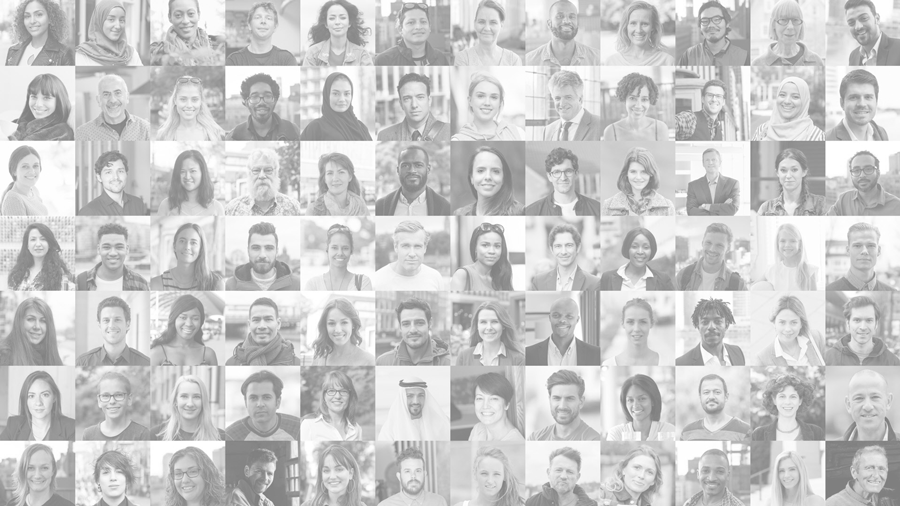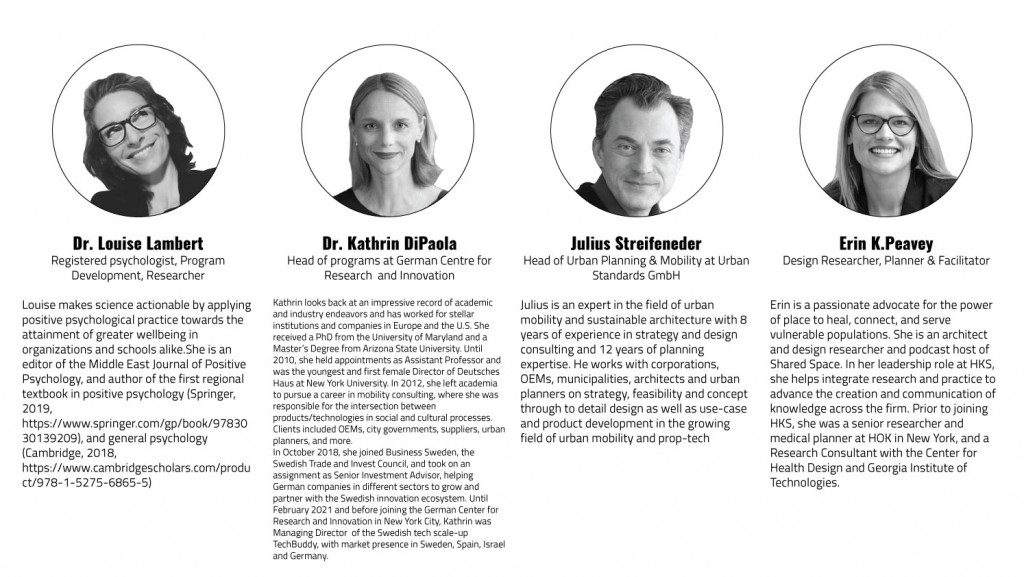Loneliness in the City – The role of the city and technology in tackling loneliness
Introduction
Loneliness /?l??nl?n?s/:Is an unpleasant emotional response to perceived isolation. Loneliness is also described as social pain—a psychological mechanism which motivates individuals to seek social connections. Loneliness can be devastating for those who live with it. The impact is not just emotional, research suggests it can be as bad for our health as smoking and can place a huge burden on public and private sector finances (Tate, 2018). Disconnection is increasingly leading to more fragmented societies, where we have less contact with our neighbors and with people whose views and experiences are different to ours. On top of it, the covid pandemic and the lockdowns have increased the number of people feeling alone, especially young people and older adults (Sohn, 2020). Loneliness is an increasing issue in urban areas…
When it comes to tackling loneliness, the quality of relationships matter, not just the quantity. It can be tempting to try and solve loneliness simply by putting signs on ‘chatty benches’ encouraging strangers to talk to each other. Such interventions may be useful, but to really tackle loneliness we need to support people to form and maintain ‘meaningful’ relationships with others.
Scope
The purpose of this research is to understand the existing relationship between loneliness, the city and technology.
How do people cope with the feeling of loneliness and what is the role of the city and new technologies tackling or influencing that feeling. We also look into social interactions and the creation of meaningful relationships within the physical space versus the digital space and how those two spaces can be designed better to cater for loneliness.
Interviews
As part of the research, a number of interviews with specialists were recorded. These explored the following questions:
- Do certain cities feel more lonely than others? why? What is missing in our cities or systems today?
- What is the role of urban design and the physical space in the feeling of loneliness?
- Is technology and social media a blessing or a curse, and how do you see this developing in the future?
- How can we design better to tackle loneliness?

Survey
In order to better understand the balance between the city and technology when it comes to loneliness, an online survey was carried out. In the survey we asked a few questions to get an idea about the profile of the participants such as: age, gender, expat or local and employment status.
The survey included 3 main questions. What do people do when they feel lonely, Where do they normally form new relationships and what type of public space would encourage them to interact with strangers. The survey findings were analyzed in a number of charts explained further in the research paper below.

</p>
Video
The following video is a short introduction to the subject including reflections from the interviews with the specialists:
- Dr. Louise Lambert
Registered psychologist, Program Development, Researcher - Dr. Kathrin DiPaola
Head of programs at German Centre for Research and Innovation - Julius Streifeneder
Head of Urban Planning & Mobility at Urban Standards GmbH - Erin K.Peavey
Design Researcher, Planner & Facilitator
Loneliness in the City is a project of IAAC, Institute for Advanced Architecture of Catalonia developed at Master in City & Technology in 2020/21 by students:Leyla Saadi, Inigo Esteban Marina, Riccardo Palazzolo Henkes and faculty: Mathilde Marengo